Before the days of powerful graphics software, and when kids used to be creative, there was Spirograph. With this beast of a drawing set in your clutches, anyone could produce something to amaze others with (and make their eyes go a little bit funny in the process).
Basically, the Spirograph set consisted of various sized plastic cogs or gears, each edged with grooves to allow you to fit them together and run them along each other's sides. You could then put your artist's pencil through one of the central holes and push the cog around another to create some crazy spiral patterns. This was all carried out on a large piece of paper that you had to pin to a board (or dining room table) so as to leave both hands free for the creative process. It took a bit of practise, and a pile of drawings ruined by cogs that went awol, but once you cracked it there was no stopping you. The different sized cogs meant you could keep drawing series of elipses and spirals that crossed over each other for an even more impressive end result, making the most of the four different coloured pens provided in the box for a totally groovy gallery or artwork.
After its arrival at the Nuremburg International Toy Fair in 1965, by British engineer Denys Fisher, Spirograph's potential was picked up by toy manufacturer Kenner and produced in its masses. By the end of the 70s, spin-offs comprised Spirotot, Super Spriograph, New Spirograph and Spirograph 2000, which was perhaps one step too far. Luckily for Kenner, the original Spirograph concept was another of those toys that kids love for its randomness, while parents prefer to see as an educational investment (see Simon entry for another example). After all, Spirograph actually rested on the principles of geometry - those random shapes are technically known as hypotrochoids and epitrochoids don't you know? So, if any of those kids end up as great mathematicians, let's hope they know who to thank.
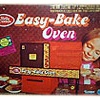
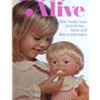

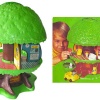
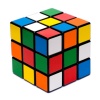
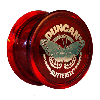
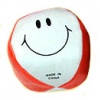
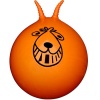

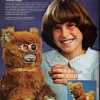
Do You Remember Spirograph?
Do You Remember Spirograph?